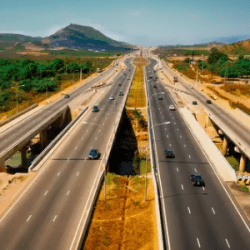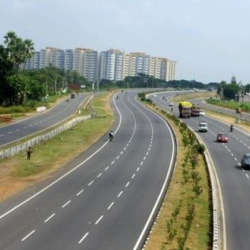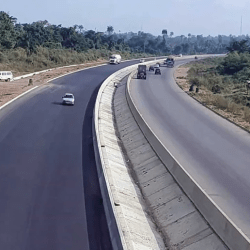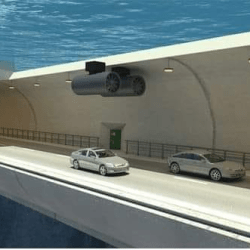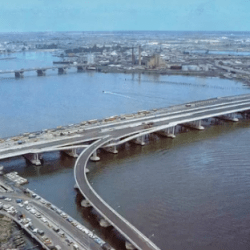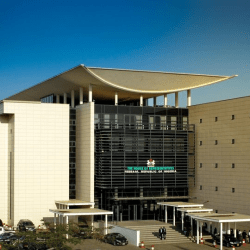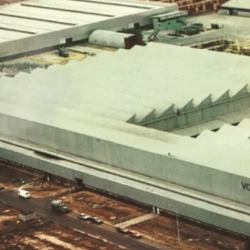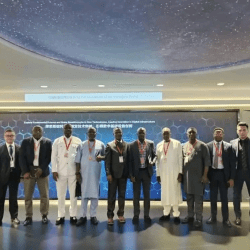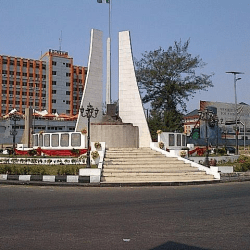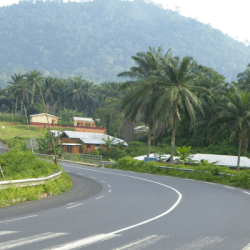India is on the cusp of a landmark achievement in infrastructure development with the Mumbai-Nagpur Samruddhi Mahamarg, a 700-kilometer pure concrete expressway, scheduled for commissioning in July 2024. This $9 billion project is set to revolutionize transportation, connectivity, and economic activity between two key cities in Maharashtra. The expressway exemplifies India’s growing prowess in infrastructure development, positioning the nation as a global leader in this domain.
The Mumbai-Nagpur Expressway is not just a road—it’s a pathway to India’s future, embodying the nation’s aspirations for economic progress, global competitiveness, and sustainable development. As this project nears completion, India solidifies its position as a global infrastructure powerhouse, setting new standards in innovation, execution, and impact.
Key Features of the Mumbai-Nagpur Expressway
The expressway boasts state-of-the-art features that ensure durability, safety, and efficiency. Here’s a closer look:
- Construction Highlights
- Length: 700 kilometers.
- Type: Six-lane, expandable to eight lanes.
- Material: Pure concrete for longevity and low maintenance.
- Timeline: Constructed in 5 years and 7 months since December 2018.
- Structural Marvels
- Major Bridges: 33.
- Minor Bridges: 274.
- Tunnels: 6, cutting through challenging terrains.
- Flyovers: 65, reducing urban congestion and improving traffic flow.
- Advanced Technology
- Smart monitoring systems for traffic management and safety.
- Dedicated lanes for heavy vehicles to enhance speed and reduce accidents.
- Solar-powered toll plazas to promote sustainability.
Impact on Connectivity and Economy
The Mumbai-Nagpur Expressway is a game-changer for Maharashtra and India at large:
1. Faster Travel Times
The expressway will reduce travel time between Mumbai and Nagpur from 16 hours to just 8 hours, fostering convenience and boosting productivity.
2. Economic Corridors and Industrial Development
- The expressway passes through 10 districts, creating opportunities for industrial hubs along the route.
- It includes agro-processing zones, logistics parks, and IT clusters to generate employment.
- Small towns along the route are expected to experience significant economic growth.
3. Improved Rural-Urban Connectivity
Villages along the corridor will be better connected to urban centers, enhancing access to markets, healthcare, and education facilities.
4. Boost to Tourism
The route connects several cultural and natural landmarks, including wildlife sanctuaries and heritage sites, attracting domestic and international tourists.
India’s Infrastructure Momentum
The expressway is part of a broader narrative of India’s aggressive infrastructure push:
National Infrastructure Pipeline (NIP)
- India aims to invest $1.4 trillion in infrastructure by 2025.
- Projects span across highways, railways, ports, and urban development.
Global Recognition
India’s infrastructural strides are being acknowledged globally, with the Mumbai-Nagpur Expressway setting new benchmarks for cost-effective, high-quality construction.
Challenges and Solutions
1. Land Acquisition
Despite initial delays, the Maharashtra government implemented faster land acquisition processes by engaging with local stakeholders.
2. Environmental Concerns
The project integrated green initiatives, such as afforestation and solar-powered infrastructure, to minimize its ecological footprint.
3. Funding and Execution
With a $9 billion investment, the expressway leveraged a mix of public and private funding. The Maharashtra State Road Development Corporation (MSRDC) ensured seamless execution using advanced construction technologies.

Future Prospects
The Mumbai-Nagpur Expressway is a template for future infrastructure projects in India:
- Expansion Plans: It will integrate with other highways, creating a larger expressway network across India.
- Economic Spillovers: The boost in logistics, agriculture, and tourism sectors will drive GDP growth.
- Urbanization: Smaller towns along the corridor are likely to emerge as smart cities.
1. What is the length and cost of the Mumbai-Nagpur Expressway?
The expressway spans 700 kilometers and costs $9 billion.
2. How much time will the expressway save for travelers?
It will cut travel time between Mumbai and Nagpur from 16 hours to 8 hours.
3. What are the key structural features of the expressway?
The expressway includes 33 major bridges, 274 minor bridges, 6 tunnels, and 65 flyovers.
4. How will the expressway impact Maharashtra’s economy?
The project is expected to spur industrial development, boost tourism, and improve connectivity in 10 districts.
5. What sustainability measures have been adopted for this project?
Solar-powered toll plazas, afforestation efforts, and dedicated lanes for heavy vehicles ensure sustainability.
6. When will the expressway be commissioned?
The Mumbai-Nagpur Expressway is scheduled for commissioning in July 2024.
